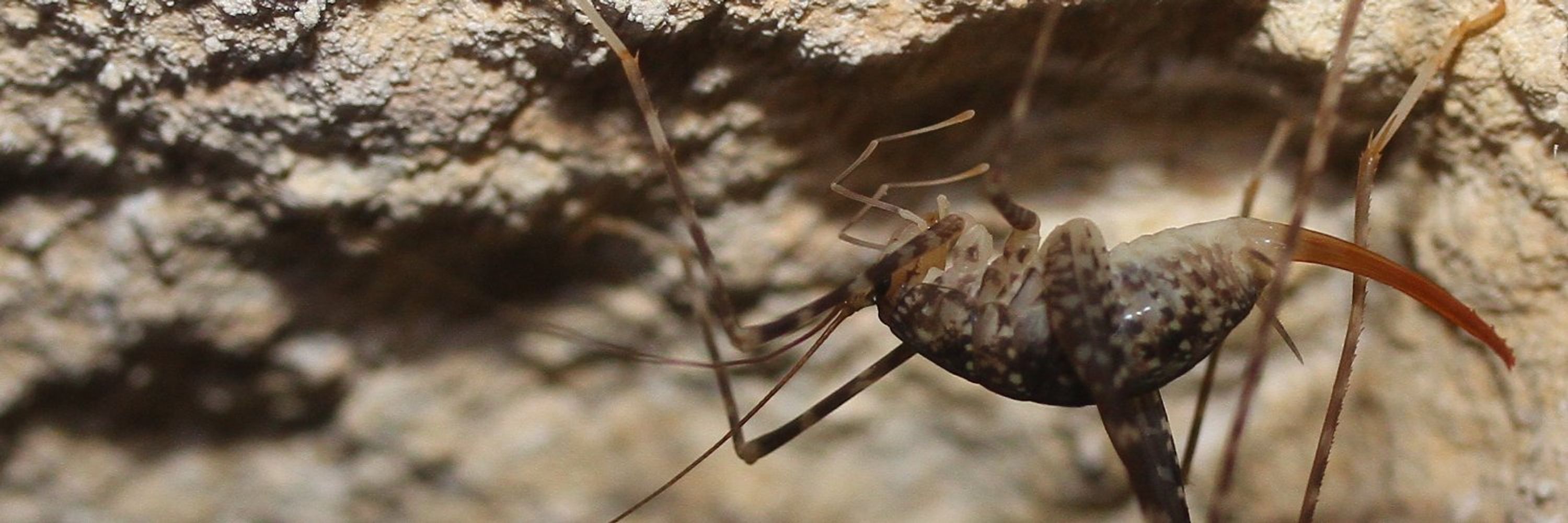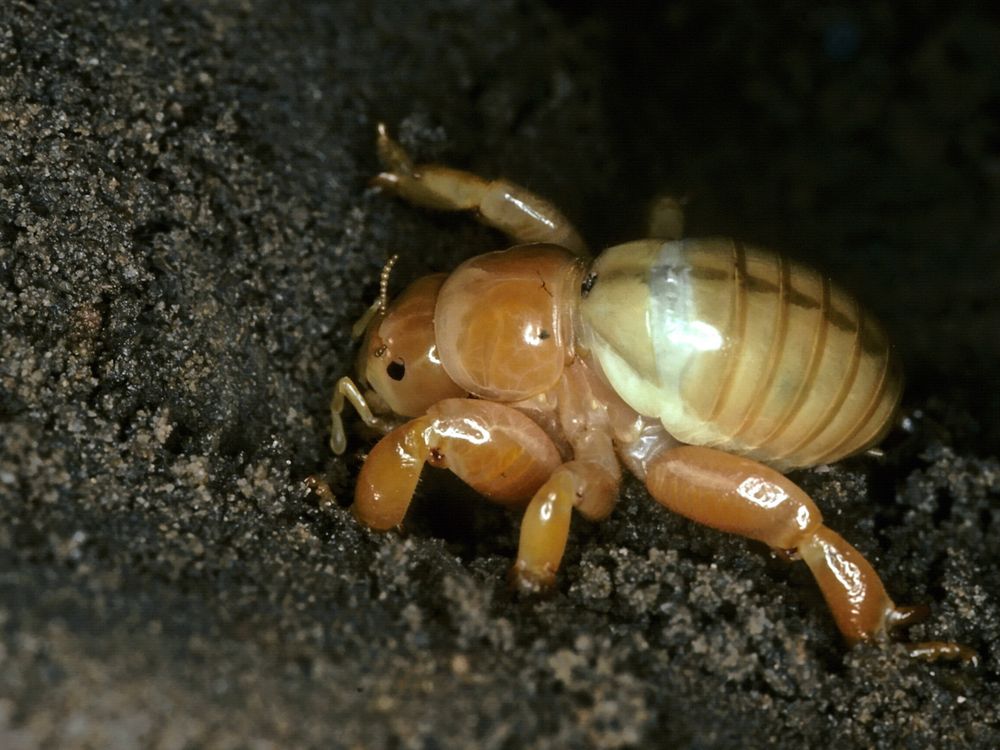Dr Perry Beasley-Hall
@pbeasleyhall.bsky.social
1.4K followers
1.1K following
440 posts
entomologist researching biodiversity + taxonomy + evolution of weird, spindly things underground. #1 ensifera enjoyer 🦗
also: queer liberation 🏳️🌈🏳️⚧️ + neurodiversity 🧠 + solarpunk ☀️🌱 they/she 🌈
Posts
Media
Videos
Starter Packs
Pinned
Reposted by Dr Perry Beasley-Hall
Reposted by Dr Perry Beasley-Hall
Reposted by Dr Perry Beasley-Hall
Reposted by Dr Perry Beasley-Hall
Reposted by Dr Perry Beasley-Hall
Reposted by Dr Perry Beasley-Hall
Reposted by Dr Perry Beasley-Hall

















